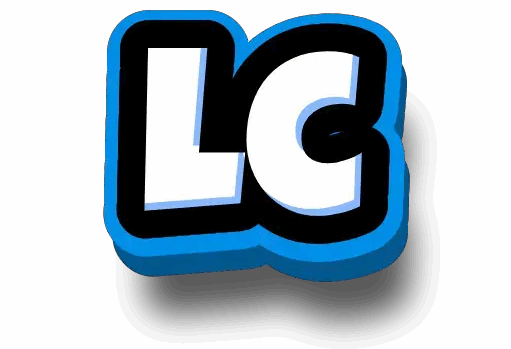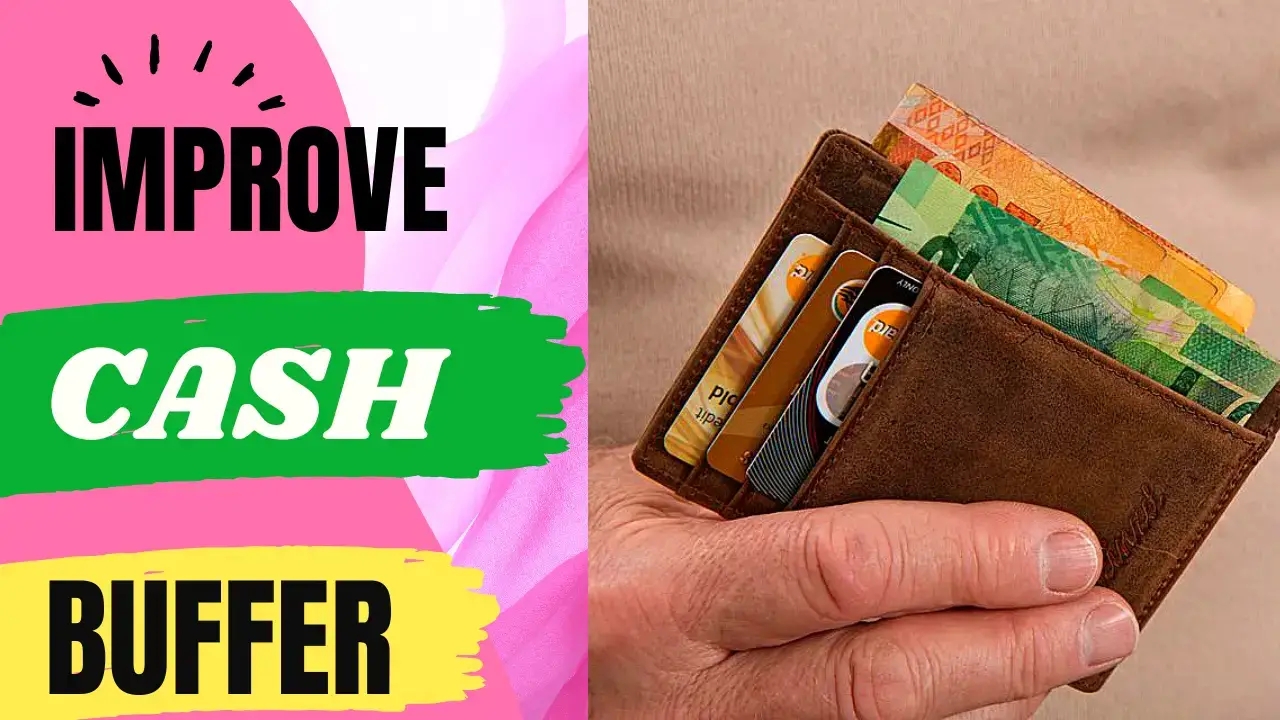To anyone hoping to bring in cash in an effectively available manner, websites and applications give a lot of roads to consider. You can utilize your cell phone to take studies, get a side gig, sell your undesirable stuff and that’s just the beginning.
Best Money-Making Apps and Website
1. ShareASale
ShareASale is a site which records companies who will pay a commission for reference deals. At the end of the day, it’s an affiliate marketing organization and it’s a superb asset for content makers and bloggers because of the way that it’s an “all inclusive resource” sort of arrangement. Established in 2000, ShareASale is a celebrated affiliate marketing network situated in Chicago, Illinois. ShareASale pays commissions to affiliates dependent on deals. As an affiliate advertiser, you can look over 4,500 programs that permit you to procure commissions and leads.
PAYMENT CAN BE MADE THROUGH ;
- Checks
- Bank Transfer
- Payoneer
2. Ibotta
Ibotta allows you to bring in money back on available and online buys at north of 2,000 upheld retailers. Initially for food, it has extended to incorporate attire, diversion and eating out, pet supplies and different classes. Offers can be item or retailer-explicit — and some will consequently be applied. For other people, you’ll have to finish an extra assignment like watching a video or taking a survey.
There are three potential ways of making money back in stores: Add offers and present your receipt in the application after your shopping trip, connect your retailer faithfulness records or buy a retailer gift voucher through the Ibotta application. For online buys, you shop through the application or with the Ibotta program expansion on your PC.
Payment: PayPal, computerized gift voucher or direct to a financial balance.
Pros: You’ll get cash back on in-store buys rapidly — commonly inside 24 hours. Ibotta likewise offers a welcome reward to new clients, reference rewards and an assortment of installment techniques.
Cons: Making cash can be a lethargic interaction. You should have essentially $20 in real money back to recover your income (some gift vouchers need basically $25 in profit). For internet shopping, the forthcoming time frame for bringing in money back fluctuates by retailer.
3. Rakuten
Rakuten rewards customers with up to 40% money back on buys from notable retailers, cafés and food conveyance administrations. Clients can likewise make money back on movement, gift vouchers and that’s only the tip of the iceberg. It’s clear: Create a record, tap on the store where you need to shop in the application, then, at that point, make the exchange through the entrance. You can likewise connect a credit or charge card to your Rakuten record to bring in money back coming up — as long as you actuate the arrangement through the application first. Rakuten credits the money back to your record after it affirms the buy with the retailer, which it says can require a couple of hours to a few days.
Payment: PayPal or check.
Pros: Thousands of stores and buys are qualified for cash back, so you’ll probably track down bargains where you as of now shop. New clients can acquire a $10 welcome reward after their first qualified buy. You can likewise procure join and reference rewards.
Cons: As with most money back administrations, you need to burn through cash to bring in cash. You won’t see your profit immediately, either; Rakuten conveys installments at regular intervals, and you really want no less than a $5 cash-back total to get compensated.
4. Swagbucks
Swagbucks is a money back and remunerated application. You acquire focus, called “SB,” by shopping, taking surveys, watching recordings, messing around or satisfying different errands through Swagbucks. You can recover those focuses for gift vouchers or return cash once again to your PayPal account. The complete focuses granted can differ by task. For instance, studies are ordinarily worth around 40 to 200 SB focuses each. The base equilibrium needed to reclaim relies upon the payout choice you pick, however some gift vouchers are accessible for as low as 110 SB.
Payment: Gift card or PayPal.
Pros: Swagbucks offers numerous simple methods for acquiring prizes, and there’s no holding up period to trade out. Installments typically show up inside 10 work days after recovery. You can likewise get a $10 reward with a passing $25 buy when you join.
Cons: It doesn’t pay a lot; one SB is worth a penny. With many errands esteemed at pennies, it can take a considerable measure of time and work to bring in significant cash. Also, you will not meet all requirements for each review or errand. Clients frequently report getting kicked out of studies sincerely busy taking them. This can be because of socioeconomics or unscrupulous or conflicting responses, as indicated by Swagbucks.
5. Fiverr
Fiverr is an outsourcing commercial center that highlights gigs in more than 200 classes, like programming and video and movement. Make a record first, then, at that point, you can set your profile as a “dealer” featuring your ability. Post the gig you’re offering, which will incorporate estimating and a depiction of your administrations. Customers, known as “purchasers,” can navigate and put orders. You’ll get compensated once you complete the work. Fiverr relegates vendor levels dependent on execution. As you climb every level, you’ll have the option to sell more “additional items, for example, a quicker conveyance time.
Payment: PayPal, direct to a financial balance or credit to a Fiverr Revenue Card (a pre-loaded card). Least withdrawal sums differ, and you might be charged a withdrawal expense, contingent upon which choice you pick.
Pros: You don’t need to stress over finding purchasers since they come to you. You can likewise procure tips.
Cons: Fiverr takes 20% of your income for each gig, including tips, and there’s a standard 14-day holding up period to pull out cash subsequent to finishing a request (top-level venders trust that subsidizes will clear).
6. Upwork
Upwork associates specialists to gigs recorded as a hard copy, plan, advertising and different classifications on the commercial center. To start with, you’ll make a profile. It ought to incorporate data, for example, the field you’re keen on in addition to your capabilities, accessibility and wanted rate. Then, at that point, you can offer a proposition. Customers will survey them and deal projects on the off chance that you appear to be a solid match.
You start every month with a set number of “Interfaces,” which resemble credits that permit you to contact imminent customers. You can procure or pay a little total for more Connects, yet you will not be charged when customers reach you. You can get compensated on an hourly or per-project premise.
Payments: Direct to U.S. Bank, direct to your ledger, wire move, Instant Pay, PayPal and Payoneer. Charges apply to a few installment choices, so make certain to actually look at Upwork for subtleties.
Pross: Upwork helps remove the work from searching out customers, building up connections and getting compensated. The help likewise gives you the adaptability to set your favored rate and timetable.
Cons: The application is allowed to download, however starting contact with bunches of customers costs cash. Clients additionally get charged a help expense. Upwork takes a 5% to 20% cut of your income dependent on the amount you’ve charged a customer. The more you procure, the more you get to keep. Be that as it may, you will not get compensated until 10 days after the charging time frame closes. Keep in mind that you’re contending with different consultants on the stage. That implies customers might pick those who’ve set lower rates.
7. OfferUp
OfferUp, which joined with contender Letgo in 2020, has capacities as a nearby commercial center you can use to sell your stuff. To contact a more extensive crowd, OfferUp additionally permits transporting inside the mainland United States. Make a record and snap an image of your cell phone, vehicle, couch or whatever it is you’re selling. When you add a title, depiction and value, you can post your posting and talk with purchasers straightforwardly through the application. Then, at that point, you’ll transport to or organize a gathering with the purchaser.
Payment: Cash or store to charge card or ledger.
Pros: Creating a posting is basic and quick, and you’ll get compensated immediately when you make a money deal. You can likewise see a forthcoming purchaser’s surveys and appraisals to find out about how reliable they are in advance. On the off chance that you transport your thing, the purchaser pays the expense, and OfferUp gives the name.
Cons: You’re liable for meeting neighborhood purchasers face to face and taking care of exchanges. Merchants should pay a 12.9% assistance charge, or at least $1.99, for shipments.
8. Poshmark
The Poshmark application is tailor-made for selling garments, adornments and surprisingly home stylistic themes. In the wake of joining, you take or transfer photographs of your thing, finish up a portrayal, value it and offer the posting. You can likewise include things in the application’s “Opulent Parties,” which are virtual shopping occasions revolving around specific brands, classes and topics. Poshmark messages you a prepaid transportation mark once a buy is made. Then, at that point, you send the bundle.
Payment: Check or direct store to a ledger.
Pros: Poshmark works with the whole interaction, from offering to transportation. Furthermore, you don’t need to meet with aliens to make a deal. The organization will cover lost bundles and handle issues among you and the purchaser. Getting compensated is somewhat speedy, as well; Poshmark issues the cash inside three days of the purchaser getting the request.
Cons: You’ll pay a charge for selling through Poshmark. The organization takes a $2.95 commission for deals under $15 and a 20% commission for deals of $15 or above.











